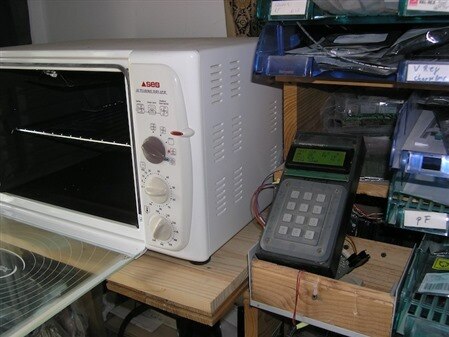Hi 7660 reviewers,
I've been holding off on my review because I haven't had time to put the device in my own circuit. Lack of code really is the issue isn't it? I mean, frankly all that software they gave us and the USB->serial->i2c board is just a cute toy. Or more realistically they probably made all that for marketing reasons and figured that it could be pawned off as a dev kit.
It would be pretty easy for them to give us a nice API that calls into an unimplemented I2C "underface". What I mean is that they wouldn't provide the I2c implementation; all the uPs have those anyway... they just provide calls into a "prototypical" I2c library (read, write, etc) and you would translate their calls into your uP's I2C library.
I've been holding off on my formal review on my blog until I can get some code written. But its interesting I kind of feel like they are getting free labor here... I mean its worth more then $35 bucks of my time to write that code. But it bugs me that Freescale has clearly already written that code, but for some reason only released an incomplete header file (for example, it does not mention that the I2c address is 0x4c). Ultimately Freescale is really losing out; the quality of our reviews would be much better and would come out much sooner if they had provided that code.
Here are my initial observations for you other reviewers, summarized.
0. No code: see rant above :-)
1. There seems to be no way to program the uP on the USB->Serial board. So I can't change the code to try out my application.
2. The USB protocol is documented, so I could write my program to run on the laptop and use that protocol. But that would be a lot of throwaway code, and not really test issues like whether my uP can handle the data stream.
3. Putting the chip on its own .1" daughterboard is great! I can prototype with it.
4. You can buy that little daughter board separately for $35, vs $130 for the whole kit. Since that's really the only valuable part for real engineering eval, that's what I would buy.
5. I have a handy 5v uP, other uPs have 1.8v. Wouldn't it have been a lot more useful if their helper board did logic level conversion instead of USB to serial?
In sum, seems like a nice little chip, with a poorly conceived "development" toolkit. I guess the magic of open source will eventually fix that, esp. if I get some time this weekend! :-)
If you have managed to upload code to the uP or solve any of these other issues, send me a message!
Cheers!
Andrew



